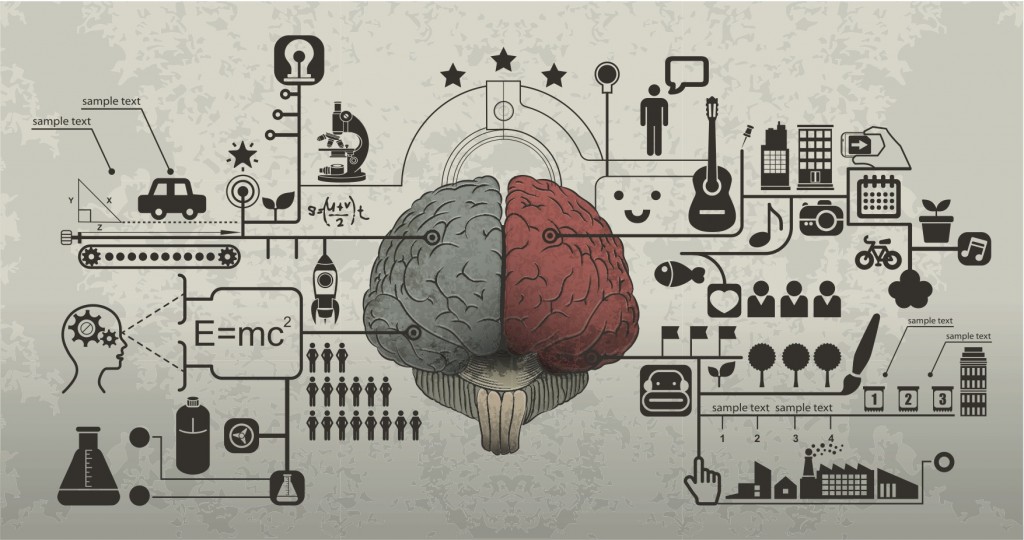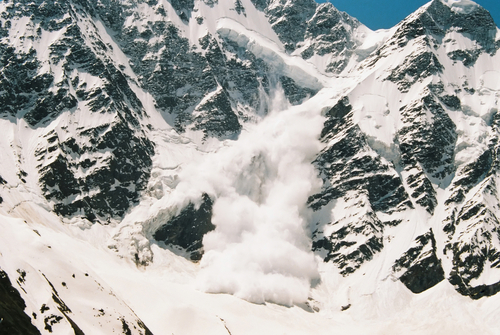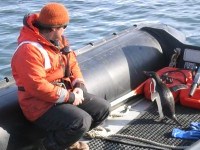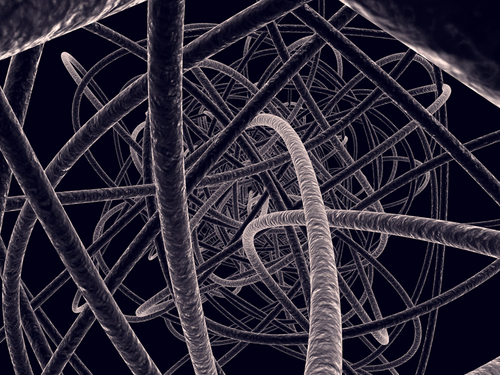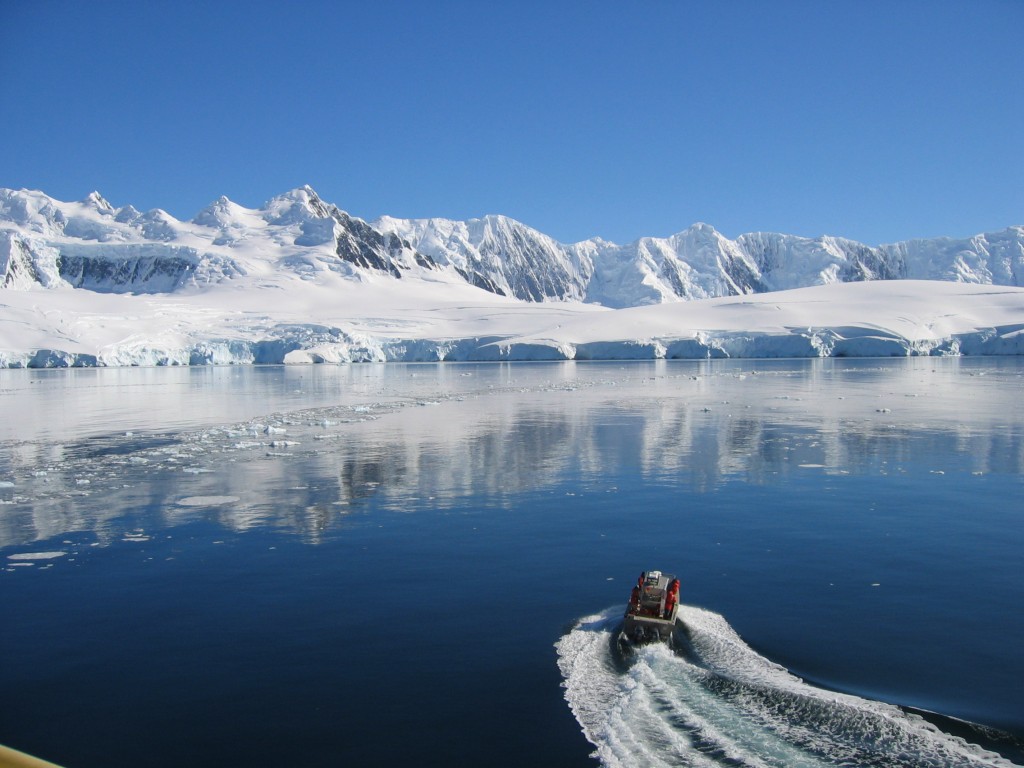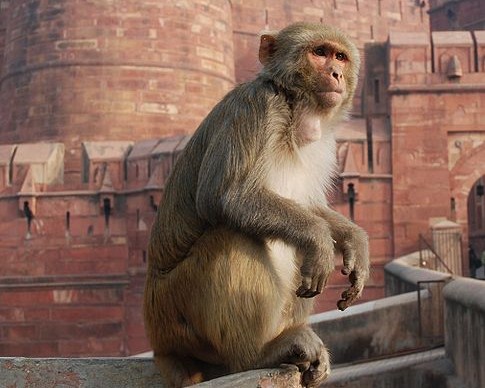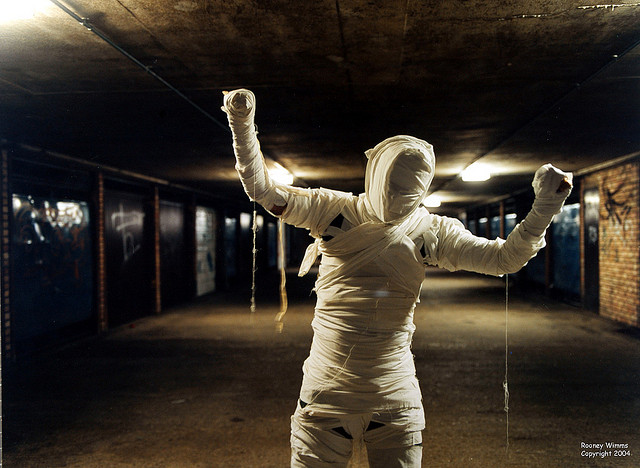 “Is it the mummies?” Tom asked.
“Is it the mummies?” Tom asked.
When I confessed my fear of archaeology to the LWON crew, Thomas Hayden immediately blamed the undead. Or long dead. Which was quite reasonable, really. But I’m a lapsed biologist; I like decay. I like a lot of other things about archaeology, too. I like its stories about people too ancient to leave written records, its puzzles made of potsherds and bone fragments. The thing about archaeology, the thing that makes it my Secret Satan, is that those lovely puzzles never seem to get solved — not to anyone’s satisfaction, anyway. And that makes me deeply nervous. Continue reading
